Common Types of Shafts
Shafts aren’t one-size-fits-all—some are built to move power efficiently, others for precise control over motion, and some for specific installation needs. Here are the three you’ll probably run into most:
Splined Shaft:You can tell this one by the little “teeth” (we call ’em splines) on the outside—they fit into the inner splines of parts like hubs. The best part? It handles high torque really well—those splines spread the load across multiple contact points, so no single spot gets overstressed. It also keeps connected parts perfectly lined up, which is why it’s great for places where you need to take things apart and put them back often—like car transmissions or industrial gearboxes.
Plain Shaft:This is the simple one: a smooth cylinder, no extra grooves or teeth. But don’t let the simplicity fool you—it’s super useful. Its main job is supporting and guiding rotation—gives bearings, pulleys, or sleeves a stable surface to slide or spin on. Since it’s cheap to make and easy to machine, you’ll find it in low-to-medium load setups: conveyor rollers, pump shafts, small electric motor rotors—all that everyday stuff.
Cam Shaft:This one has weirdly shaped “lobes” (cams) along its length, and it’s made to turn spinning motion into back-and-forth linear motion. When the shaft spins, those lobes push against parts like valves or levers to control timed movements. The key here is precision timing—so it’s a must for systems that need things to happen at exact moments: engine valves, textile machines, or automated assembly line parts.
Application Scenarios of Shafts
Picking the right shaft matters a lot—it affects how well your system works, how safe it is, and how long it lasts. Here are the main areas where shafts are totally essential:
1. Automotive and Transportation
You’ll see cam shafts and splined shafts here most. Cam shafts control when engine valves open and close—keeps fuel efficiency up. Splined shafts handle the high torque from the engine in car transmissions. And high-carbon steel plain shafts support drive axles, so they don’t bend under the vehicle’s weight.
2. Industrial Machinery and Automation
Plain shafts and splined shafts are everywhere here. Stainless steel plain shafts hold up conveyor belt pulleys—no rust in factory settings. Splined shafts move power in robotic arms, so you get that precise control. Alloy steel plain shafts drive mixer blades too—handles fast spins and unexpected impacts.
3. Energy and Heavy Equipment
High-strength plain shafts and splined shafts are key here. Alloy steel plain shafts connect turbine parts in power plants—tolerates high heat and pressure. Splined shafts drive crushers in mining, moving all that heavy torque. And corrosion-resistant plain shafts support propellers on boats—stands up to seawater without rusting.
4. Precision Electronics and Medical Devices
Small-diameter plain shafts and stainless steel splined shafts are used here. Tiny plain shafts guide lens movements in optical gear—keeps things precise down to the micron. Smooth plain shafts drive pumps in medical infusion devices, so there’s no risk of fluid contamination. Stainless steel splined shafts control robotic surgical tools too—strong, and safe for medical use.
How to Customize Exclusive Shafts
At Yuhuang, we’ve made customizing shafts easy—no guesswork, just a perfect fit for your system. All you need to do is tell us a few key things, and we’ll take care of the rest:
First, material: Do you need 45# high-carbon steel (good for general strength), 40Cr alloy steel (handles wear and impacts), or 304 stainless steel (great for food processing or marine spots where rust is a problem)?
Then, type: Splined (for high torque), plain (for simple support), or cam (for timed motion)? If you have specifics—like how many splines a splined shaft needs, or the shape of a cam’s lobe—just mention it.
Next, dimensions: Tell us the outer diameter (needs to match parts like bearings), length (depends on how much space you have), and how precise it needs to be (tolerance—super important for high-accuracy gear). For cam shafts, add the lobe height and angle too.
Then, surface treatment: Carburizing (hardens the surface for wear), chrome plating (cuts friction), or passivation (makes stainless steel more rust-resistant)—whichever fits your needs.
Last, special needs: Any unique requests? Like non-magnetic materials (for electronics), heat resistance (for engine parts), or custom markings (like part numbers for inventory)?
Share all that, and our team will check if it’s doable—we’ll even throw in pro tips if you need ’em. In the end, you get shafts that fit your system like they were made just for it (because they are).
FAQ
Q: How do I pick the right shaft material for different environments?
A: If it’s damp or rusty—like boats or food plants—go with stainless steel or chrome-plated shafts. For heavy loads or impacts (mining, heavy machinery), alloy steel is better. And for regular industrial use, high-carbon steel is cheap and works just fine.
Q: What if my shaft vibrates too much when it’s running?
A: First, check if the shaft’s lined up right with the parts it’s connected to—misalignment is almost always the issue. If it is aligned, try a thicker shaft (more rigid) or switch to a material that dampens vibration better, like alloy steel.
Q: Should I replace the shaft when I replace parts like bearings or gears?
A: We always recommend it. Shafts wear out over time—small scratches or slight bends you might not see can throw off alignment or make new parts fail faster. Reusing an old shaft with new parts just isn’t worth the risk.
Q: Can splined shafts be used for high-speed rotation?
A: Yep, but make sure the splines fit tight (no slack) and use a strong material like alloy steel. Adding lubricant to the splines helps too—cuts down on friction and heat when it’s spinning fast.
Q: Do I have to replace a bent cam shaft?
A: Unfortunately, yes. Even a small bend messes up the timing—and timing’s critical for engines or precision machines. You can’t reliably straighten a bent cam shaft, and using it will just damage other parts (like valves) or make performance drop.


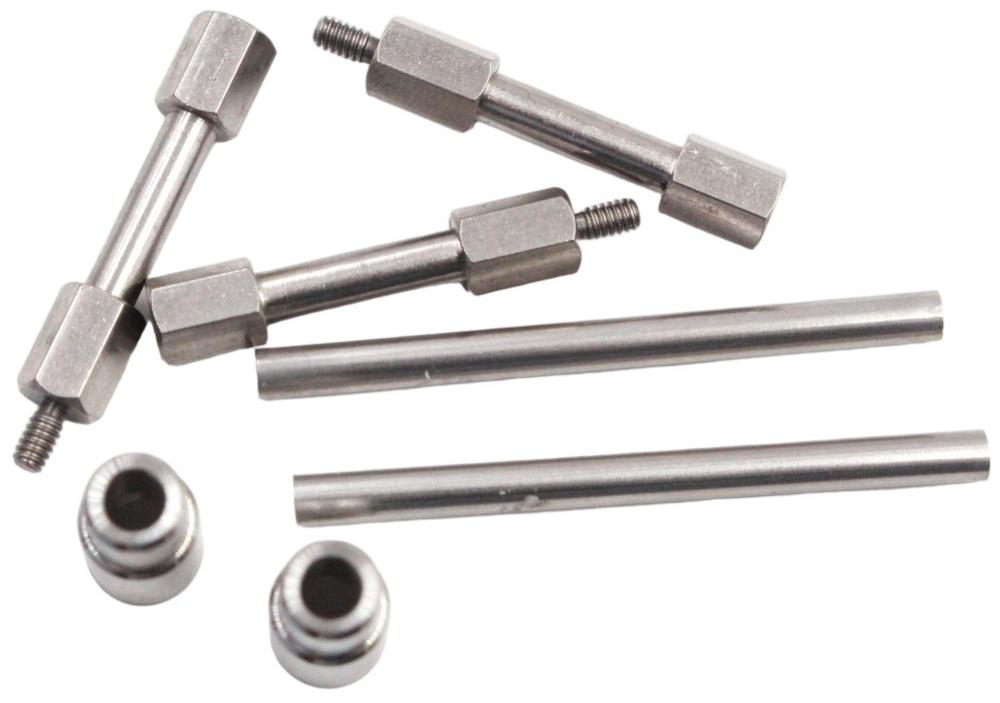
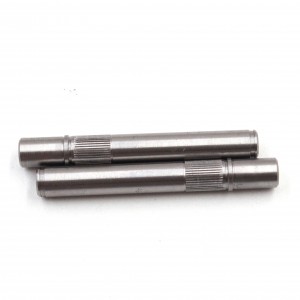
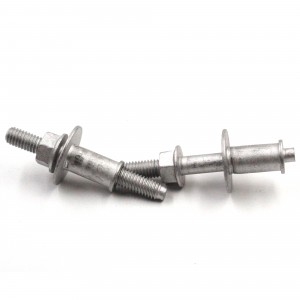
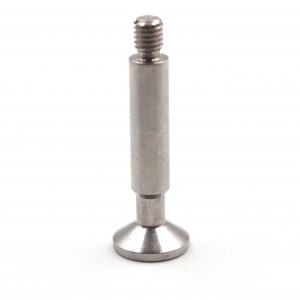
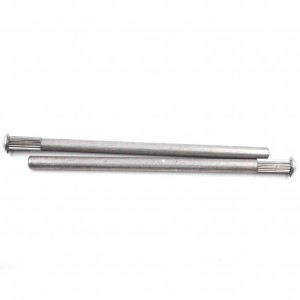

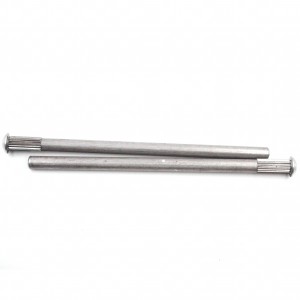
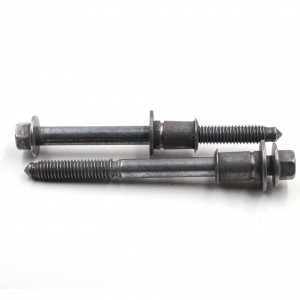

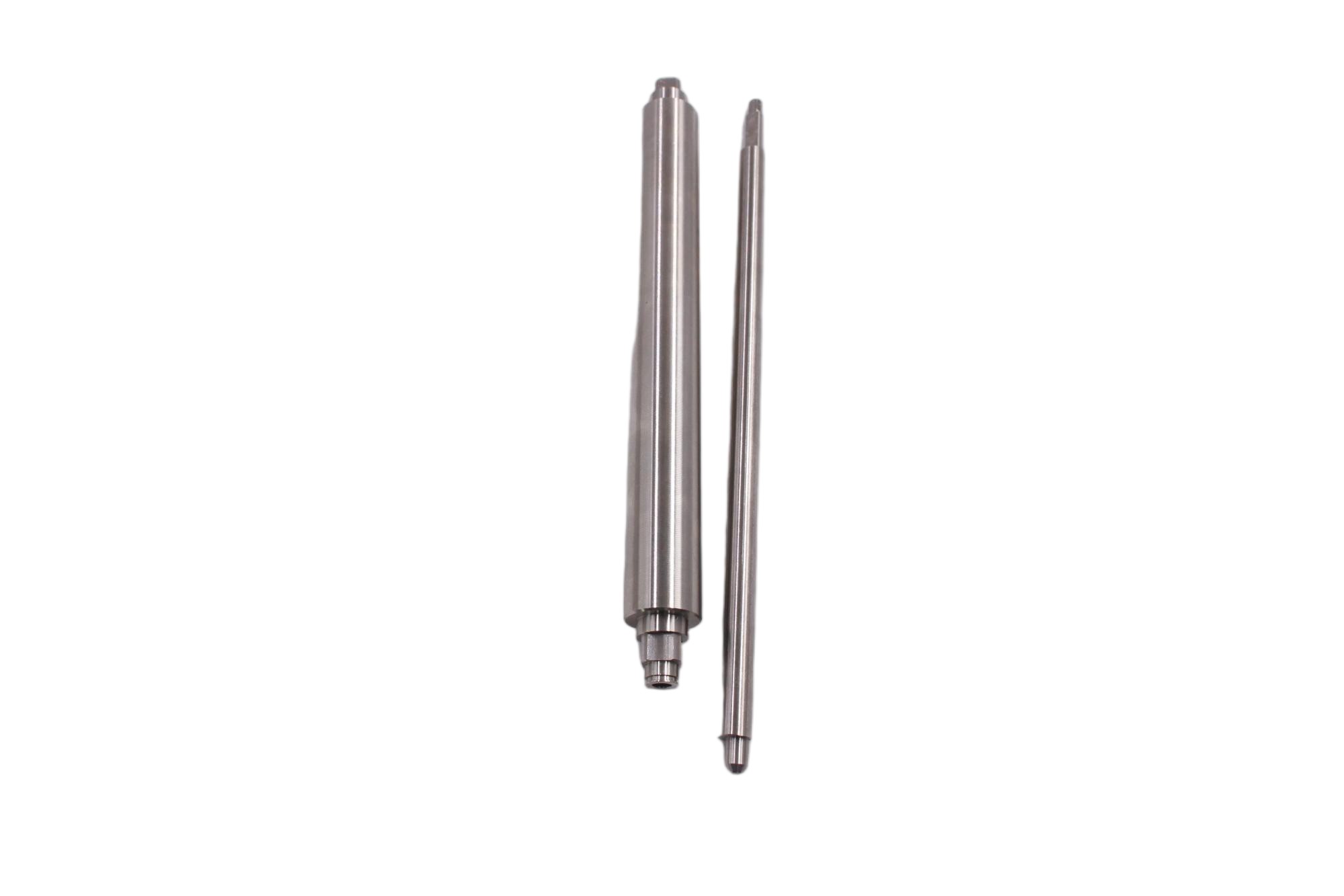
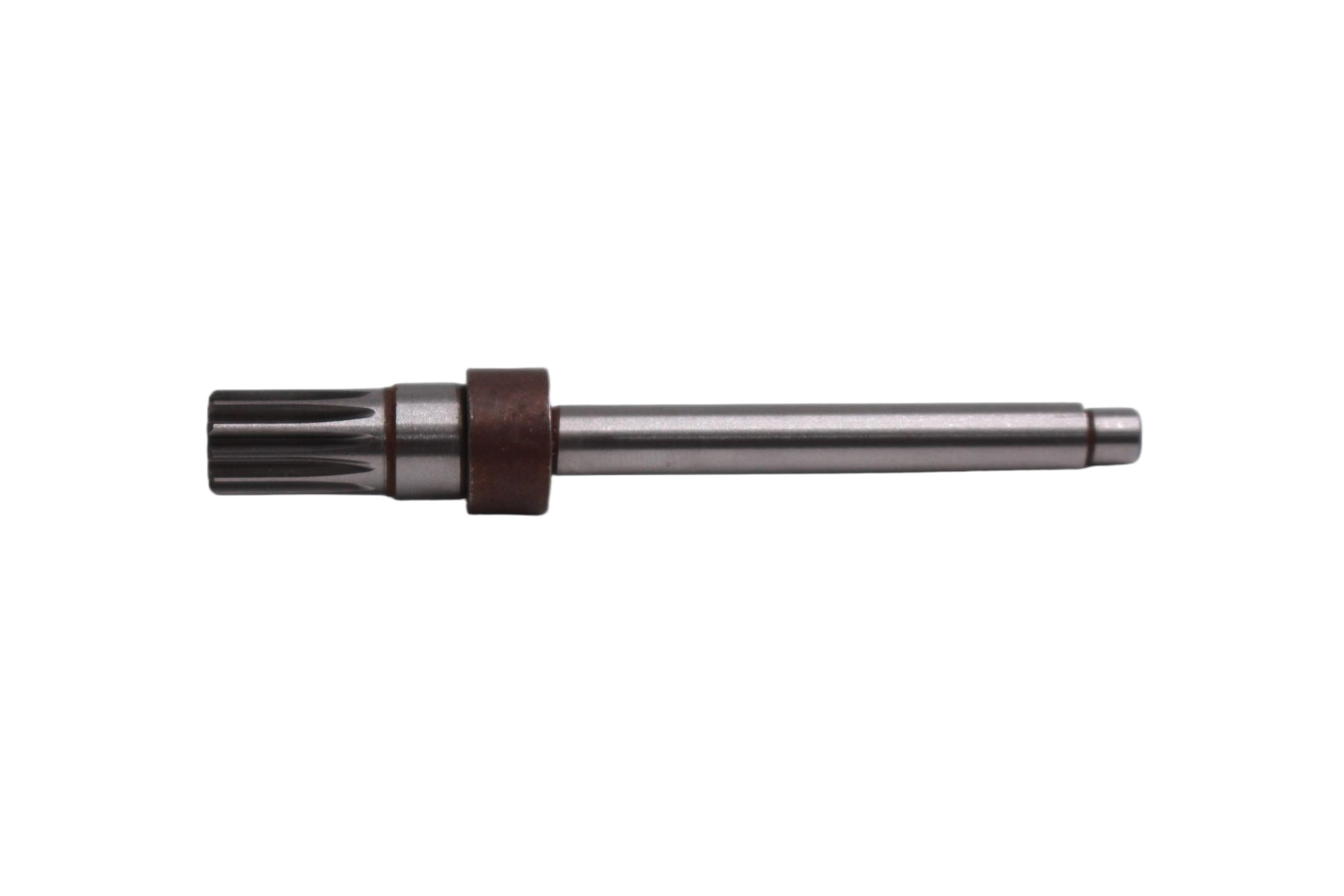
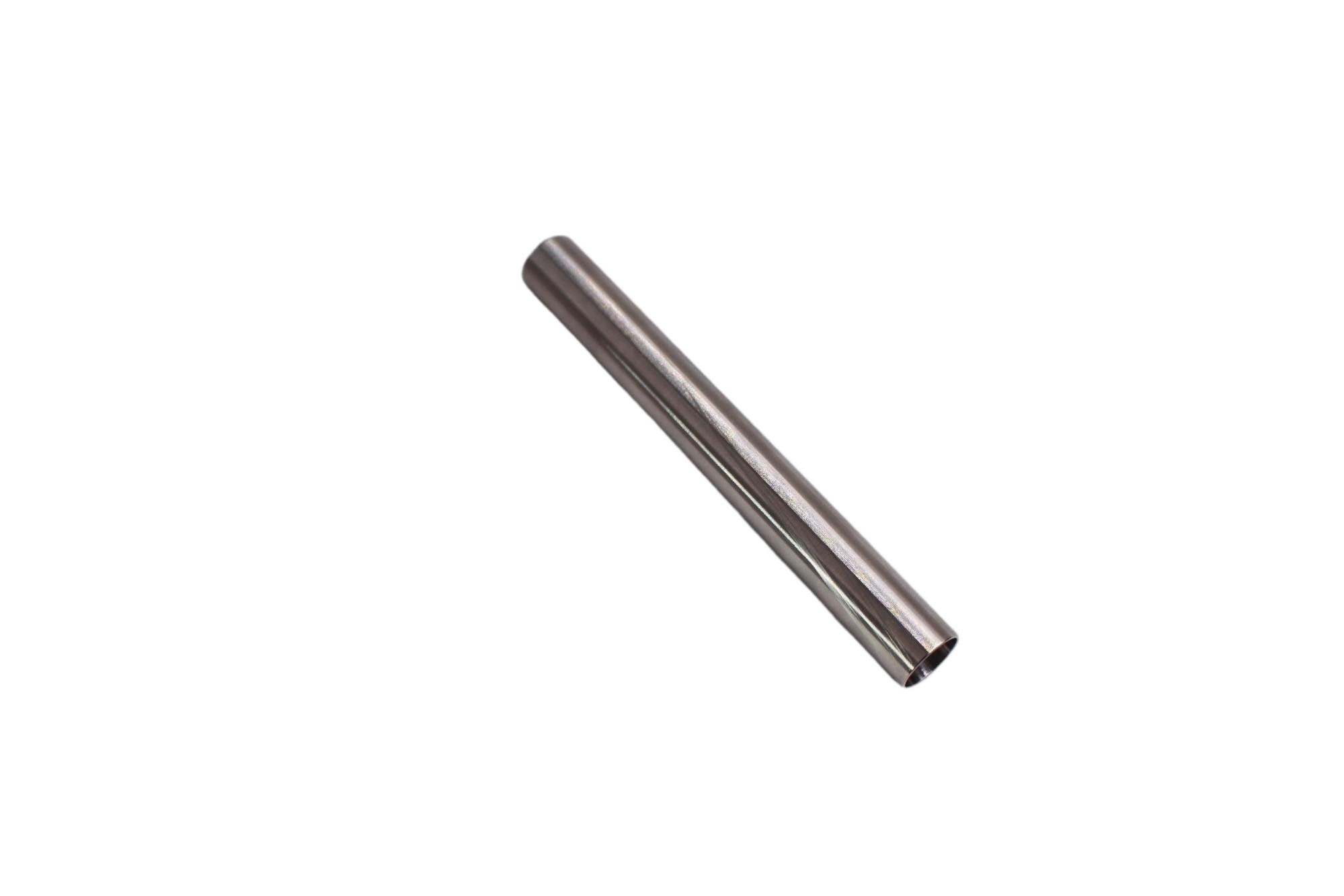
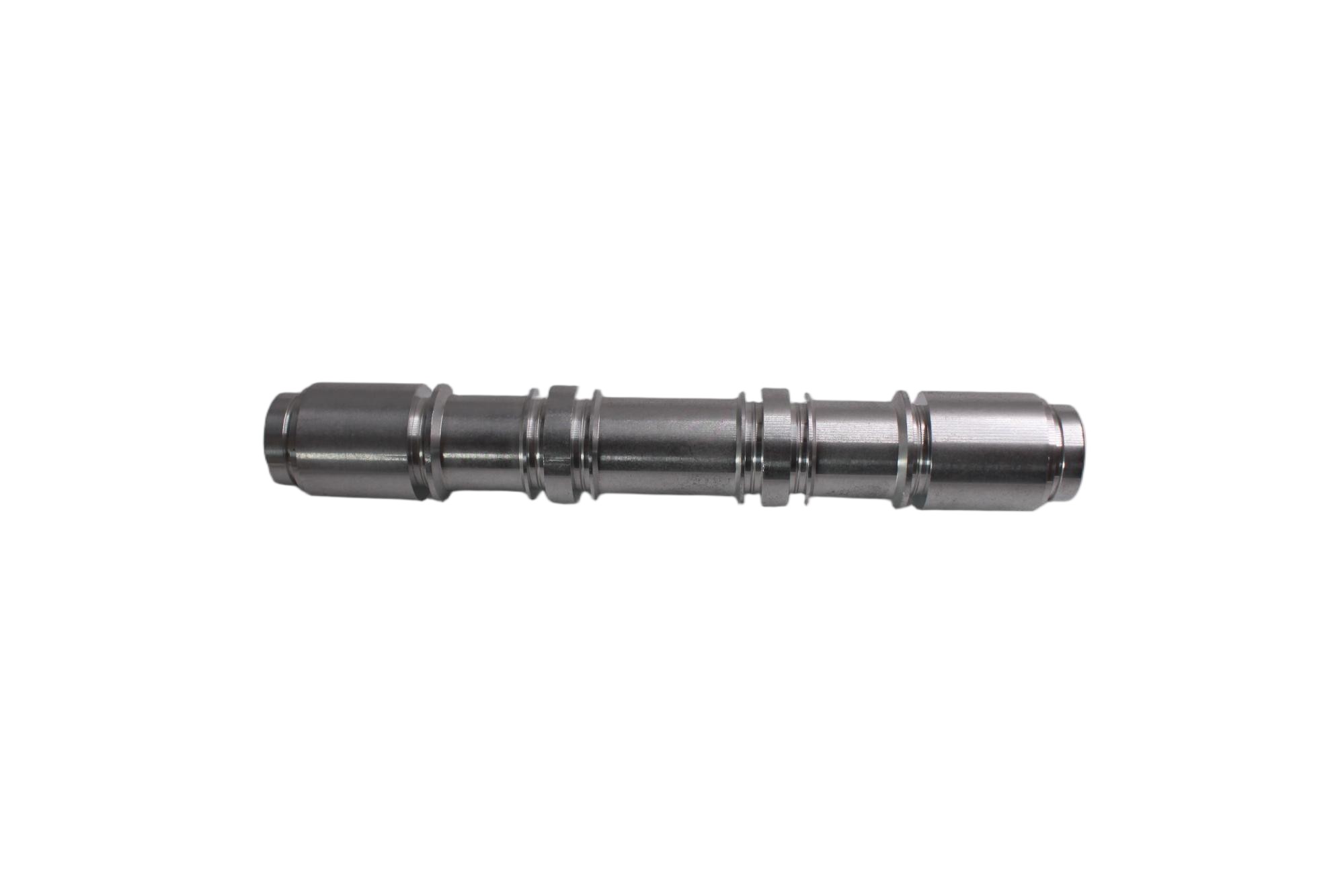
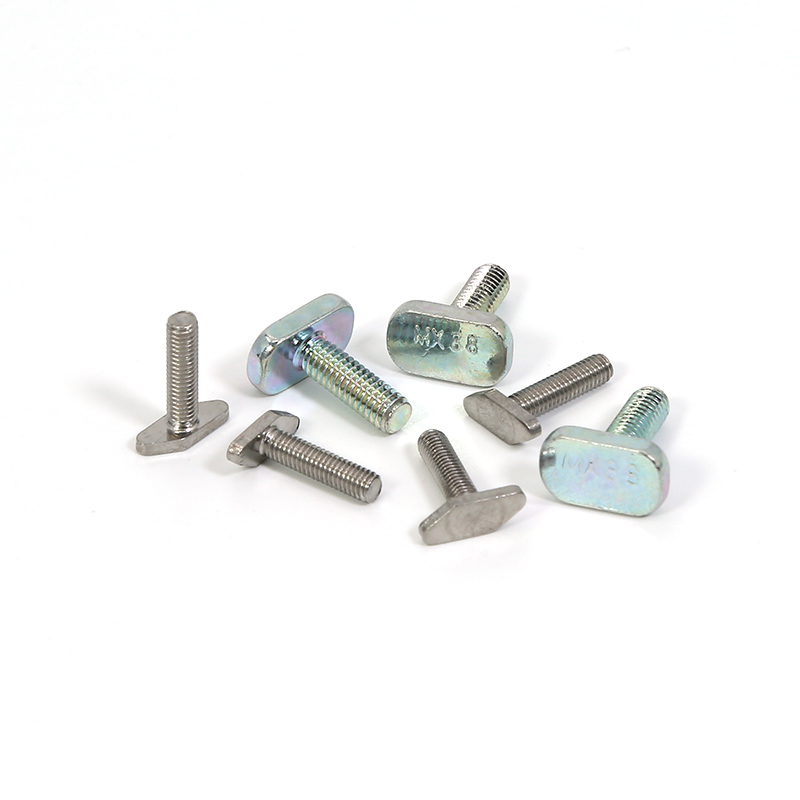 Bolts
Bolts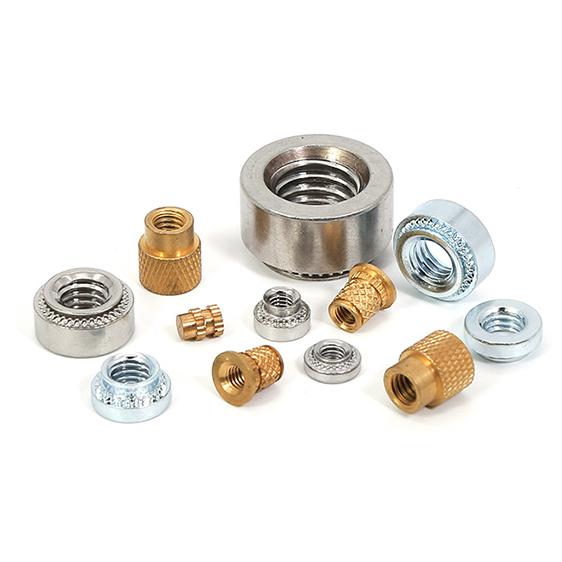 Nuts
Nuts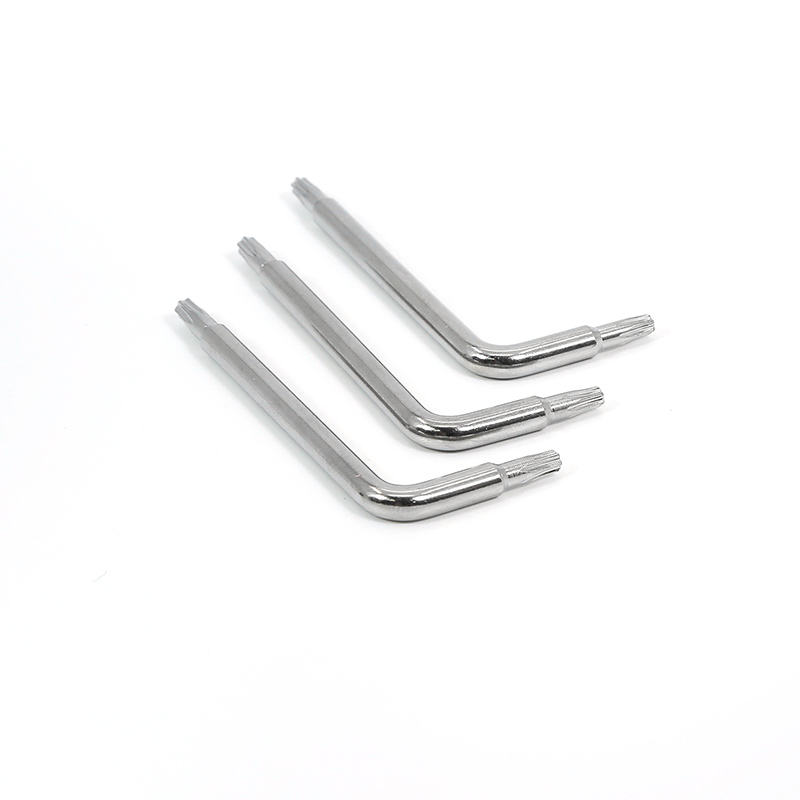 Wrenches
Wrenches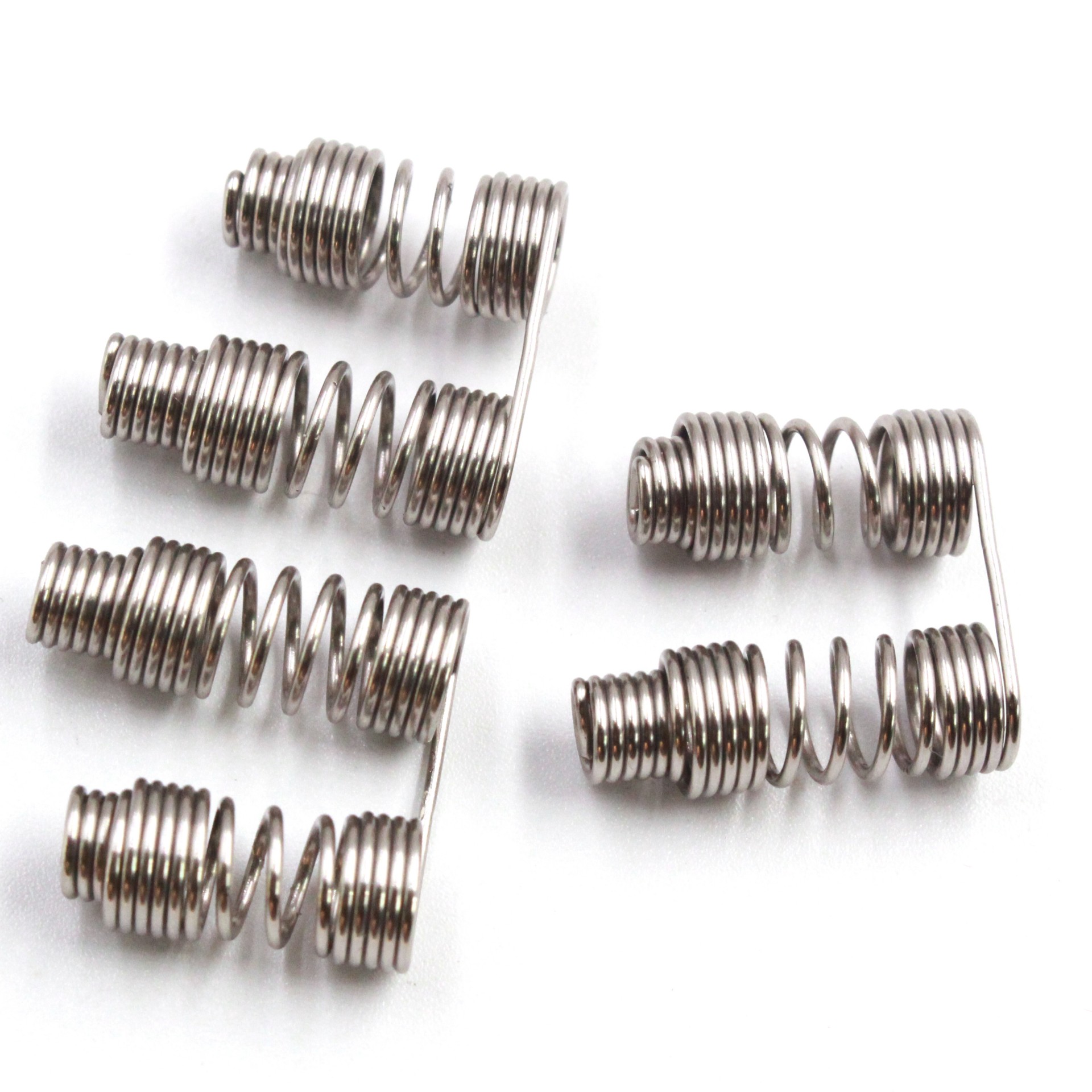 Spring
Spring





